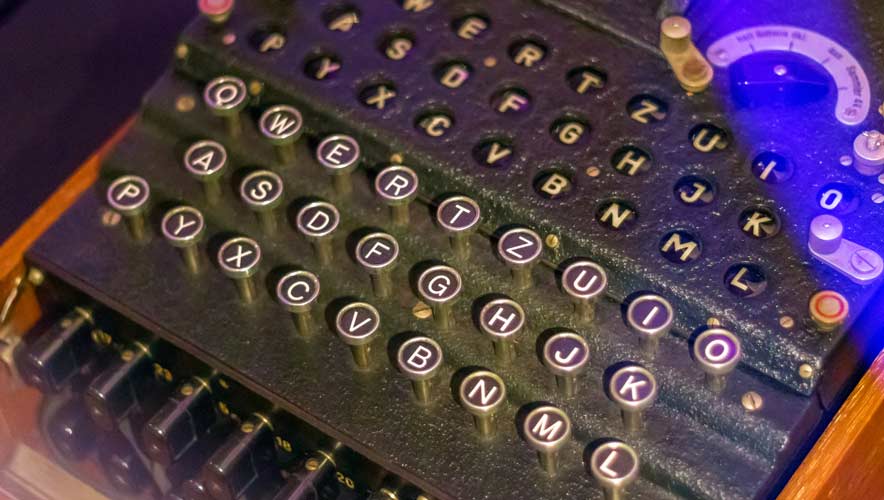Today in Security History: Breaking the Purple Cipher
On 20 September 1940, around 2:00 p.m., a mathematician and former railway annuity statistician by the name of Genevieve Grotjan broke the codes used by Japanese diplomats by noting patterns, repetitions, and cycles used in intercepted encrypted transmissions. That cipher was known as “Purple.”
Grotjan and many other women had been recruited at schools, colleges, universities, and various other positions for the purpose of code breaking for the U.S. government, freeing up men for fighting. She and many other women codebreakers worked and lived for a time at Arlington Farms, now called Arlington Hall Station in Arlington, Virginia. Other women went to the Navy Annex, but all became codebreakers known for their mathematical skills, pattern recognition, and musical skills. They were trained in part by famed codebreakers and the founders of what is now the National Security Agency, William and Elizabeth Friedman.
According to William Friedman, the breaking of the Purple cipher provided “the most important source of strategically valuable, long-term intelligence” as the war was fast becoming a reality for the United States.
These “code girls” aided in breaking many other ciphers, including additional ciphers that were added to Enigma after the British broke the original. Women like Genevieve Grotjan, Dot Braden, Ruth Weston and many more—including African American women—hailed from small towns and worked together at Arlington Farms. These women, who never spoke of their work even after the war was over, performed some of the most critical and exhausting work behind the Allied troops. They moved to Washington, D.C., not knowing entirely what they were going to do…and were told never to speak of it. They didn’t. History has rarely noted their work, and in most cases, even their own families were unaware of what they accomplished.
Sadly, Purple wasn’t used for military dispatches, and the women at Arlington Farms didn’t break the codes in time to warn that the attack on Pearl Harbor was about to happen. However, the broken codes were later used to set up Midway as a lure and a trap that turned the tide of the war in the Pacific theater.
Want to learn more? Check out Code Girls: The Untold Story of the American Women Code Breakers of World War II by Liza Mundy and The Woman Who Smashed Codes: The True Story of Love, Spies, and the Unlikely Heroine Who Outwitted America’s Enemies by Jason Fagone.
Terry V. Culver, CPP, CMAS (Certified Master Anti-Terrorism Specialist), is a security program specialist for Georgia Tech Research Institute. She has more than 25 years of experience in defense and industry security management.










